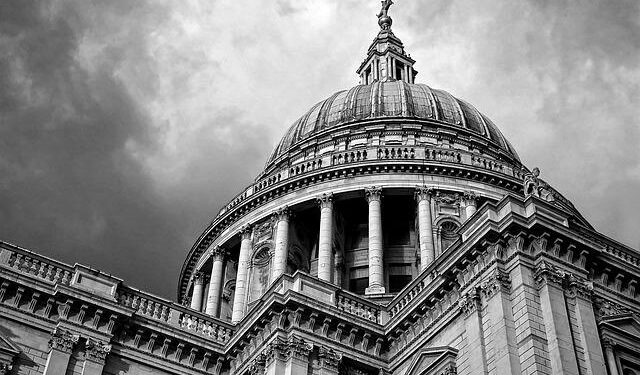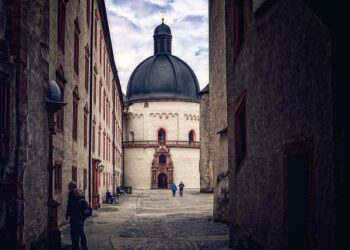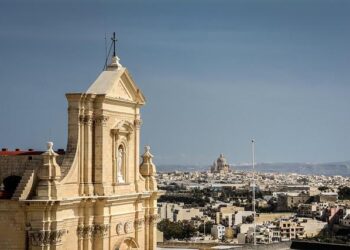st.Paul in Malta: A History of Hope
In the heart of the Mediterranean, the island of Malta leaves an indelible mark on the canvas of history, particularly through the pivotal events surrounding St. Paul. For many Christians, the apostleŌĆÖs shipwreck on the shores of this vibrant island in 60 AD is not merely a tale of survival, but a symbol of hope and resilience. This historical narrative intertwines faith and culture, shaping MaltaŌĆÖs identity as a beacon of religious meaning.As we delve into the enduring legacy of St. Paul, we explore how his presence transformed not only the islandŌĆÖs religious landscape but also its collective spirit, weaving a narrative of hope that resonates across centuries. From ancient traditions to contemporary celebrations, the story of St. Paul in Malta remains a testament to the power of faith and the enduring strength of a community united in belief.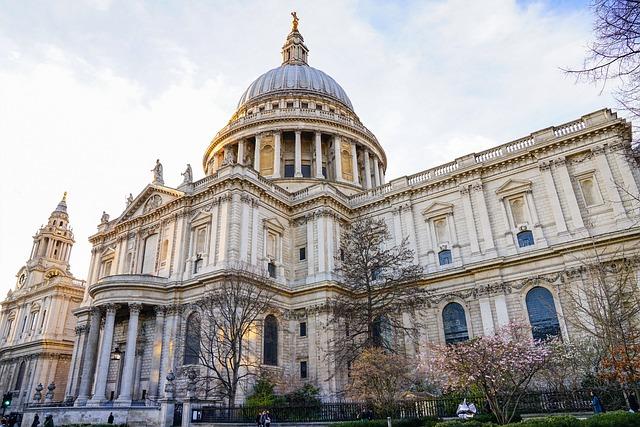
St. PaulŌĆÖs Arrival in Malta and Its Historical Significance
In 60 AD, following a treacherous journey, St. Paul washed ashore on the rugged coast of Malta, marking a pivotal moment not only for the island but also for the spread of Christianity across the Mediterranean.His shipwreck, documented in the Acts of the Apostles, took place near the present-day St. Paul’s bay. This significant event transformed Malta into a sanctuary for early Christians, as the Apostle’s presence brought teachings of hope, healing, and faith. During his three-month stay, St. Paul is believed to have converted several locals, including the Roman governor Publius, thus laying the foundation for a Christian community that would thrive for centuries to come.
The impact of St. PaulŌĆÖs arrival is still palpable in Malta today, as the island boasts numerous sites commemorating this historical event. Among these, the Catacombs of St. Paul and the St. Paul Shipwreck Church stand as testaments to his enduring legacy. Furthermore, the Maltese language and culture continue to reflect christian influences stemming from this significant moment.
- Catacombs of St. Paul: A burial site and place of early Christian worship.
- St. Paul Shipwreck church: A baroque church built to commemorate the shipwreck.
- Feast of St. Paul: Celebrated every February, marking his legacy in Maltese culture.
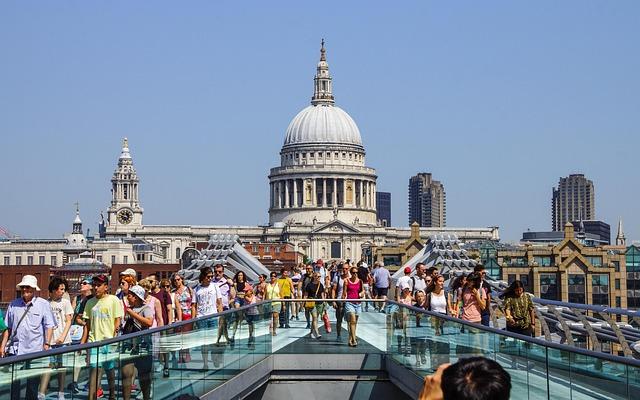
The Transformation of MaltaŌĆÖs Cultural Landscape Through St. Paul
The arrival of St. Paul on the shores of Malta marked a pivotal moment in the islandŌĆÖs cultural evolution, intertwining faith, history, and community identity. This transformation began in 60 AD when St. Paul, shipwrecked on Malta, not only introduced Christianity but also set the stage for a cultural renaissance. Over the centuries, various facets of Maltese society have been influenced by his teachings, leading to a rich tapestry of traditions that reflect both religious devotion and a deep-rooted sense of resilience. Key aspects of this transformation include:
- Religious Architecture: The establishment of churches and chapels, notably St. PaulŌĆÖs Cathedral, symbolizing the spiritual heart of the nation.
- Festivals and Celebrations: Annual feasts such as the Feast of St. Paul, where communities come together in vibrant processions.
- Cultural narratives: Literature, art, and folklore that narrate St. paul’s journey and its moral teachings, woven into the cultural fabric.
Moreover, the influence of St. Paul has fostered a sense of unity among the Maltese people, creating a shared identity that transcends individual differences. The historical significance of his visit is still palpable today, as the island embraces its rich ecclesiastical heritage while also welcoming modern influence. Additional elements contributing to this enriched cultural landscape include:
| Element | description |
|---|---|
| Art | Murals and sculptures inspired by St. Paul, showcasing Malta’s artistic flair. |
| Language | The integration of biblical phrases into the maltese language, enhancing its depth. |
| Community Initiatives | Charitable actions inspired by St. Paul’s compassion, promoting social welfare. |
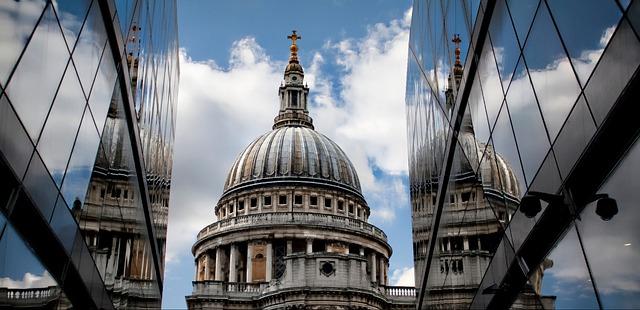
Relics and sites of Interest: A PilgrimŌĆÖs Guide to St. Paul in Malta
As you embark on your pilgrimage to Malta, the legacy of st. Paul offers a rich tapestry of historical and spiritual encounters. Among the most significant sites is the cathedral of St. Paul in Mdina, a majestic Baroque structure that houses ornate chapels and relics associated with the Apostle. Here, you can immerse yourself in the stories of st. Paul through stunning frescoes and intricate sculptures, each narrating a chapter of his profound impact on Christianity. Another key location is the St. PaulŌĆÖs Shipwreck Church in valletta, where a heavenly atmosphere welcomes visitors with its beautifully crafted altar and the famous painting depicting the shipwreck of St.Paul.
Included in your journey,don’t miss out on the St. PaulŌĆÖs Grotto in Rabat, where it is believed the saint took refuge after his arrival on the island.The cave offers a reflective space, allowing pilgrims to connect deeply with the essence of faith amidst its humble surroundings. As you traverse these sacred sites, keep an eye out for:
- The Chapel of St. PaulŌĆÖs Prison: A site commemorating his imprisonment.
- The Tomb of St. Paul: An archaeological site believed to hold his remains.
- The Archaeological Museum: Features artifacts from the era, providing a glimpse into early Christianity.
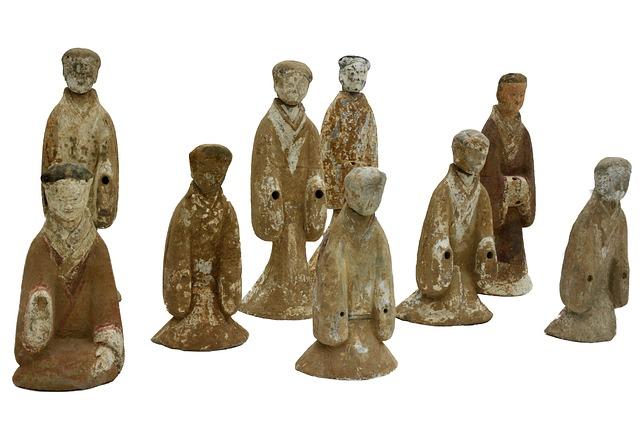
The Legacy of St. Paul: Influences on Maltese Identity and Faith
The arrival of St. Paul in Malta in 60 AD marked a pivotal moment in the island’s history, serving as a catalyst for the development of a unique cultural and religious identity. His shipwreck and subsequent preaching established Christianity firmly within the Maltese community. This transformative period not only bolstered the spiritual beliefs of the inhabitants but also sowed the seeds for a resilient identity characterized by faith, hospitality, and perseverance in the face of adversity. Over the centuries, St. Paul’s influence has permeated various aspects of Maltese life, evident in the numerous churches dedicated to his memory and the deep-rooted tradition of celebrating his feast day, which unifies the community in shared values and devotion.
Moreover, the narratives surrounding St. Paul continue to resonate through Maltese folklore and communal practices,reinforcing a sense of belonging among the people. His legacy is reflected in everyday life through:
- Cultural Festivals – Celebrations like the feast of St. Paul display vibrant traditions that blend religious reverence with local customs.
- Architectural Heritage – Churches and monuments pay homage to his teachings, serving as focal points for community gatherings and faith.
- Literary Works – The impact of his epistles is echoed in various Maltese writings, emphasizing moral and ethical guidance.
In this way, St.Paul has not only shaped the religious landscape of malta but has also become a foundational pillar of national identity, embodying the virtues that define the Maltese spirit to this day.

Contemporary Reflections: Celebrating St. Paul in Modern Malta
In the heart of Malta, the legacy of St. Paul resonates not only in religious circles but also through the vibrant cultural fabric of the islands. His arrival in 60 AD is celebrated as a pivotal moment that transformed Malta into a beacon of Christianity in the Mediterranean. Today,the influence of St.Paul can be seen in various facets of Maltese life, including:
- Annual celebrations and festivals that commemorate his shipwreck, drawing locals and tourists alike.
- Architectural marvels, such as the co-Cathedral of St. John and the Church of St. PaulŌĆÖs Shipwreck, showcasing Baroque artistry intertwined with deep faith.
- Educational initiatives focusing on St. PaulŌĆÖs teachings, emphasizing values of hope, resilience, and community.
Modern Malta embraces its history with a forward-looking viewpoint, integrating the spirit of St. Paul into contemporary discourse. The ongoing narrative mirrors themes of acceptance and unity, resonating through MaltaŌĆÖs multicultural society. Recent events highlight this trend, with local leaders advocating for social justice through:
- Interfaith dialogues that reflect St. PaulŌĆÖs message of unity.
- Community outreach programs inspired by his compassion and service to others.
- artistic expressions, including plays and documentaries that reinterpret his story for a modern audience.
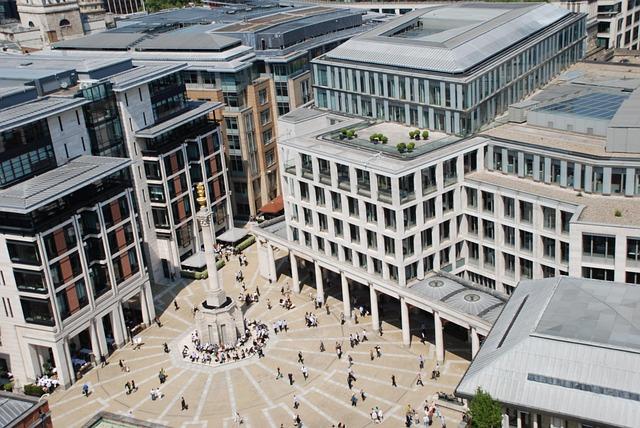
Engaging with St. PaulŌĆÖs Story: recommendations for Visitors and Locals
Exploring the rich narrative of St. PaulŌĆÖs journey in Malta offers a unique blend of history and spirituality. Visitors are encouraged to start thier exploration at the St. Paul’s Shipwreck Church, where legends of St. Paul are brought to life. While there, consider engaging in a local guided tour, which can provide insights that enhance your experience. Here are a few recommendations for a deeper understanding:
- Visit the archaeological sites: Don’t miss the Catacombs of St. paul in Rabat, where stories of early Christians unfold.
- Explore local cuisine: Sample conventional dishes at nearby restaurants, enjoying the flavors of Maltese culture.
- Participate in local festivals: Time your visit to coincide with the feast of St. Paul, where local communities celebrate with fervor.
For locals, engaging with St. PaulŌĆÖs story can be a meaningful way to connect with MaltaŌĆÖs heritage.You might consider joining community events focused on St. PaulŌĆÖs feast, offering opportunities for service and festivity. To keep the spirit alive, here are some ways to contribute:
- Volunteer at St. PaulŌĆÖs Church: Participate in local outreach programs that focus on the teachings of hope and resilience.
- Attend workshops: Look for workshops that explore the historical context of St. PaulŌĆÖs stay in Malta, frequently enough held in cultural centers.
- Engage in discussions: Join book clubs or discussion groups centered around the impact of st. Paul on Maltese culture.
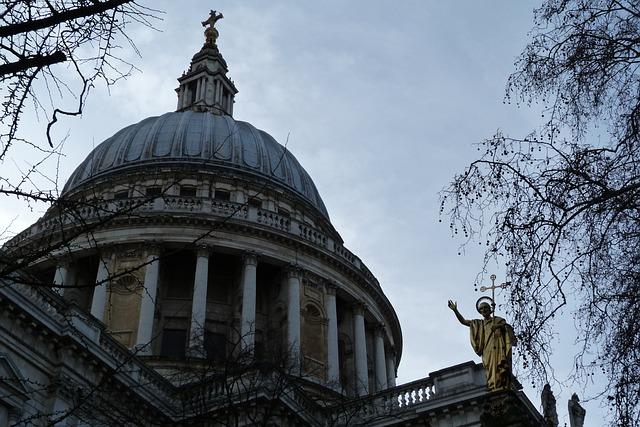
Closing Remarks
the story of St. Paul in Malta transcends the confines of ancient history,weaving a narrative rich with themes of resilience,faith,and cultural transformation. The island’s enduring connection to the Apostle paul not only highlights a pivotal moment in early Christianity but also showcases the profound impact of his arrival on MaltaŌĆÖs social and religious fabric. From the site of his shipwreck to the churches that celebrate his legacy, the reverberations of his journey continue to inspire hope and unity among maltese communities and visitors alike. As we reflect on this historical journey, we are reminded of the timeless lessons of perseverance and the power of belief, resonating through the ages and encouraging us to find light in moments of adversity. St. Paul’s legacy serves as a beacon of hope that invites exploration and reverence for a shared human experience, one that beckons both locals and tourists to delve deeper into the rich tapestry of Malta’s heritage.


